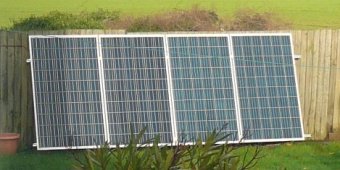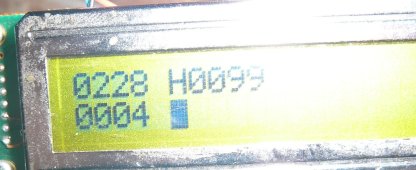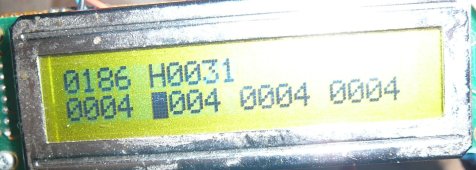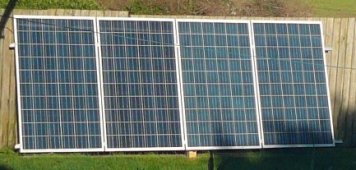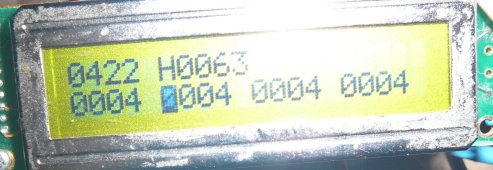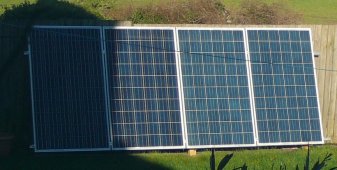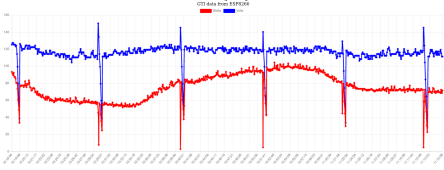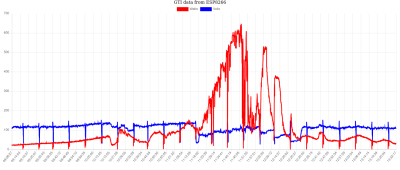Greetings! On a freezing cold January day I got this from my 1Kw ground mount

Same old shading problems, I would love to fill in those gaps where the power production is near zero, for those with very poor solar resources every little counts.
EDIT 16th Jan, I found out what the gaps are, they are a breakdown in communications between the inverter and the logger, possibly caused by EMI at higher powers, currently under investigation. Relieved it's not MPPT playing up!!
This is a completely new logger only put into service a few days ago, it logs up to 4 years and display's graphs in various degree of detail.
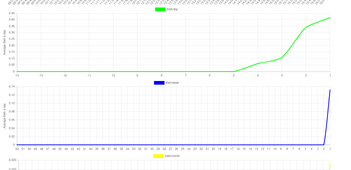
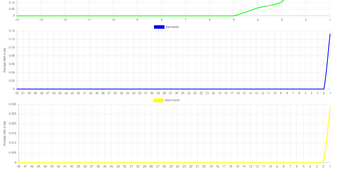
The latest hour/day/week/month being on the right, all on the same web-page, simple to scroll down.
So I have to look at MPPT/Scanner again, something I have noticed is there seems to be an upward voltage bias in MPPT as often when the scanner parks it at a new starting voltage it will progressively increase despite power falling. The problem I think is traditional MPPT does not have enough history to work from, if it had the trend would be as obvious to it as it is to the human eye on a graph.
The other issue that is hard to crack is on cloudy days often the Insolation of the panels will change substantially during the scan giving false results. This is hard to fix as due to Cin the scan speed is limited especially at low powers.
So I hope there might be something of interest to someone in there

Meanwhile a great 2024 to you all.
 ?️
?️


